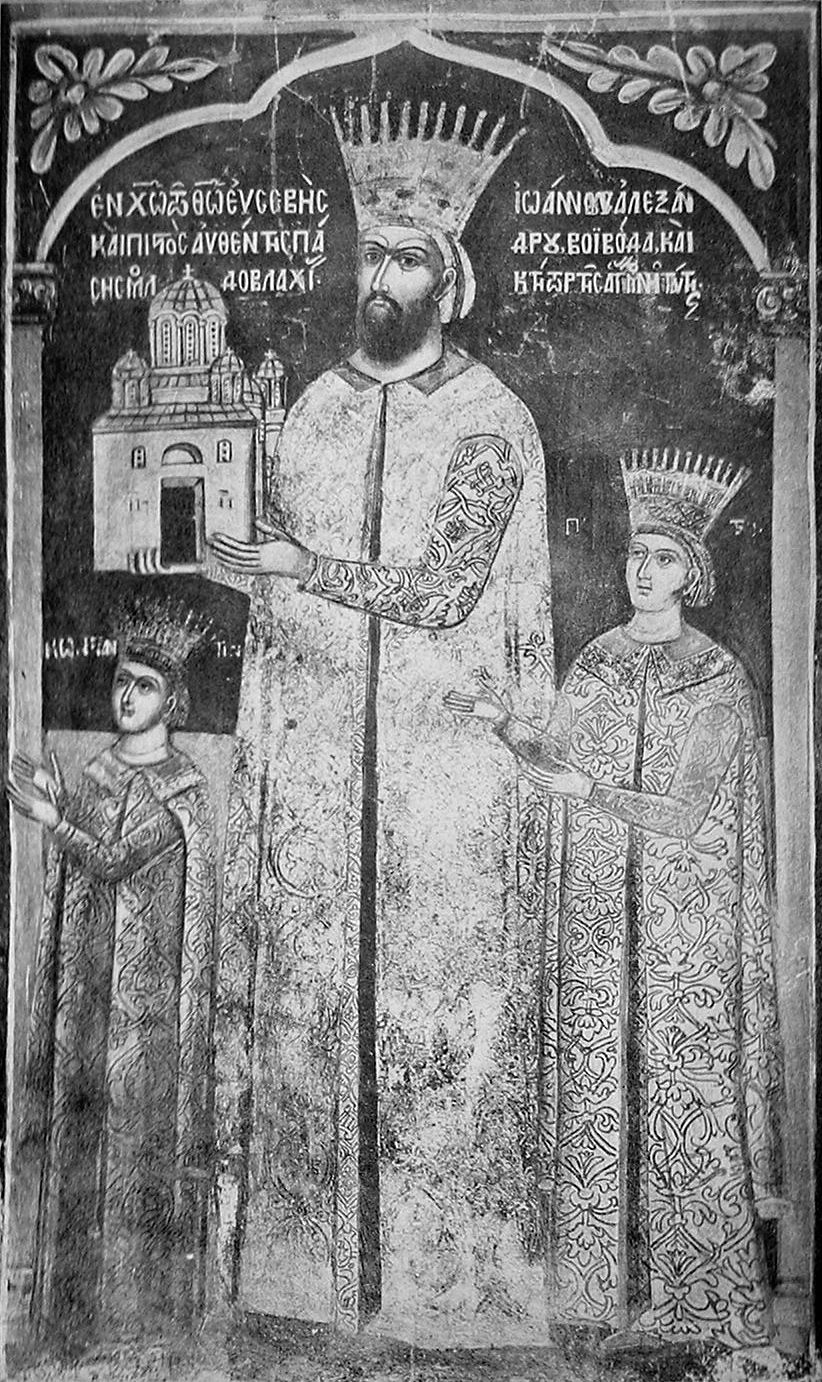|
Hîncești District
Hîncești () is a district () of Moldova, with the city of Hîncești as its administrative center. As of 1 January 2011, its population was 122,000. History The district has been inhabited since the Stone Age (40,000–30,000 BC). On the territory of the present localities Rusca and Anina many cemeteries and settlements pertaining to the native Getae culture (4th–3rd centuries BC) have been discovered. Localities with the earliest historical attestation are Secăreni, Leușeni, Lăpușna, and Ciuciuleni, which were first attested in the period 1420–1430. During the 15th–18th centuries, the district was part of Lăpușna. Tirgul Lăpușnei was the administrative center, headed by a pârcălab (governor). Lăpușna existed as a fair in the 14th century. A branch of the Moldovan Road passed by Lapusna, linking the economic centers of Transylvania and Poland to the North Pontic cities. The branch continued on over the Danube, in Dobruja, to Constantinople. Lă ... [...More Info...] [...Related Items...] OR: [Wikipedia] [Google] [Baidu] |
Mansion Of Manuc Bey
The mansion of Manuc Bey (Romanian language, Romanian ''Conacul lui Manuc Bei'' or ''Manuc Bey'', more rarely ''Conacul Mirzoian'', officially: ''historical-architectural complex Manuc Bey'', from Romanian ''Complexul istorico-arhitectural Manuc Bey'') is a Modern history, modern palace and is located in the city of Hîncești, Hânceşti in the central western part of Moldova. It was the residence of Manuc Bei. It consists of a larger building complex: Manucs Palace (Palatul Princiar), the Steward's House, the hunting lodge of Countess Çadır, a watch tower and other buildings. Location and structure The palace is located in the southern part of the city on the northern slope of a hill on the edge of the park. An Avenue (landscape), avenue leads from the entrance to the castle. Because of the slope of the site, you can only see two floors from above. The castle is designed in the spirit of French Neoclassical architecture, classicism with large windows and Loggia, loggias. The ... [...More Info...] [...Related Items...] OR: [Wikipedia] [Google] [Baidu] |

